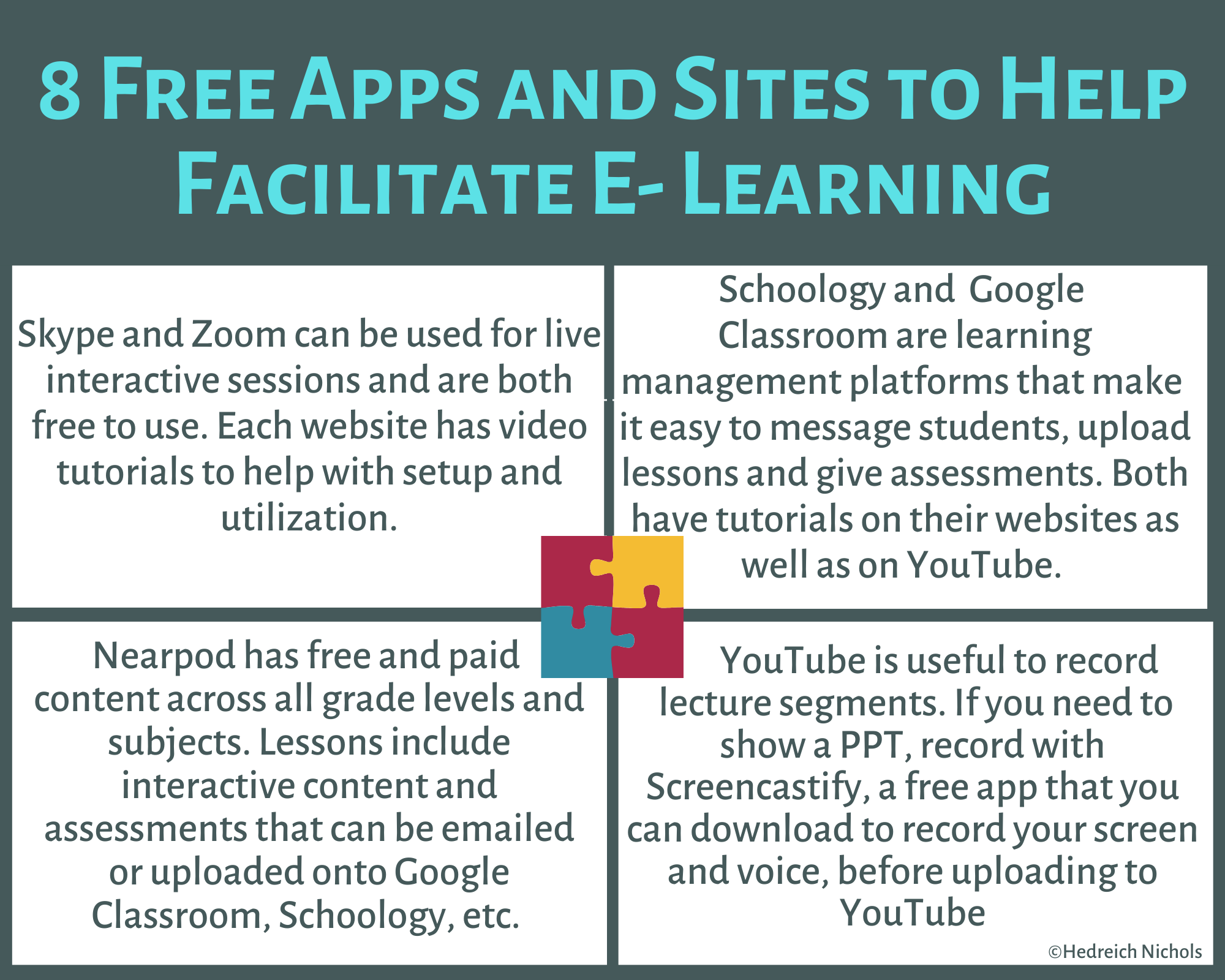
Yesterday as I got to the 5th store on the third shopping day only to find shelves devoid of toilet paper, I decided to buy some emergency toilet Kleenex, get some pasta and call it a day. Once in line, I spontaneously started singing to a crying baby as the mom of 3 in front of me frantically searched for his binky. Baby Shark turned tears to smiles. People around looked up and relaxed their furrowed brows just briefly. A conversation started between the cashier and I; how the silliest songs work magic, how she hadn’t had a break all day, how I’d come in for toilet paper and found none. Again. Then more magic, she produced three packages confiscated from people trying to flout the “limit 2” rule. I took 2, Charmin, my favorite! I had come in, seven rolls between me and dry leaves and I had been spiraling. What if I really couldn’t find any? Would my neighbors share? What if we got the runs?! What if I never found toilet paper, even the cheap kind?! Fear was rising and then, *POOF*, I somehow had exactly what I needed. That taught me something.
Things are rarely as perilous as they seem, “no soup is eaten as hot as it’s served”. We paint worst case scenarios to protect ourselves from worst case scenarios, and that preparation is not bad, let’s just not live there. Let’s take control of the things we can. For teachers, one thing we can control is how we stay connected with our students. If you are converting to distance learning, here are my top five resources, with tutorials and app alternates for non US users:
- Screencastify, K-12. Here is the tutorial for recording your voice and integrating Google Slides. Screencastify will record your screen with a voiceover so it’s a great gateway app if you want to make your own tutorials for parents or students. Before you do, check YouTube. There are many great tutorials already out there and many lessons that you may be just about to re-create. While littles won’t need Screencastify lessons, depending on what you’re having them do, it could be helpful for the parents helping them.
- Flipgrid, K-12+. Here’s a tutorial in which Ann will get you started and put you in a good mood. She is super upbeat! Once you get set up, you can use it for read-alouds, discussions, video journals and for various peer to peer exchanges during this time of relative isolation. It’s also a great alternative to TikTok for younger kids, if you want to do dance challenges together.
- Pixton, grades 3-12+. Here’s a tutorial that gets you started. Pixton is great for ELA, tech, humanities and even math, if you want to really get into word problems. It’s a comic strip creator that allows for a lot of creativity. It would be great to have kids write about how they feel about Covid19 and about how they feel the adults in their lives are handling it. I bet we could learn a few things from their stories.
- CS First, grades 5-8, which has interactive, interdisciplinary lessons on various topics, from basic coding and digital storytelling to music and fashion. There are lessons in both English and Spanish. Here are tutorials to get you started. If you are outside of the US, let me recommend Hour of Code, which has lessons in over 45 languages for students in pre-k through high school!
- Interland, grades 4-7. No tutorial here, just click and play to learn digital citizenship principles. This is Google based, so if you are out of the country, try Common Sense Education for K-12 digital literacy curriculum and games for grades 3-5. These lessons are especially useful as reminders, since many students will have more screen time than usual.
All of these are good options, and there are many more. My advice? Keep it simple. Send something out using your email or remind system if you don’t have an online classroom set up. Or, set one up. Google Classroom and Schoology are user friendly, free options. With them, share links to any resources in one place and even have students turn in their work by a certain time like in a real classroom. Also, really consider Flipgrid, YouTube, TikTok or a social media platform, as policies allow. Human contact is necessary and being a live, talking, steadying influence for your students will be the most important thing you can do for them.
Finally for some, no matter how great your virtual teaching is, this time will be a nightmare. Consider using your resources to help those who may need more than just an internet connection. Here are some national links that connect you to resources in local communities, I’m sure there are many others.
- https://www.foodpantries.org/
- https://nationalhomeless.org/references/directory/
- https://www.salvationarmyusa.org/usn/provide-shelter/
- https://www.redcrossblood.org/
- https://suicidepreventionlifeline.org/
- https://www.thehotline.org/
- https://sites.ed.gov/idea/idea-files/q-and-a-providing-services-to-children-with-disabilities-during-the-coronavirus-disease-2019-outbreak/
You may be the first person to sense that something is wrong and that’s a big responsibility. But I think most of us signed up because we genuinely care so let’s move from empathy to action when we see students in need.
Will things get worse before they get better? Maybe. Will people we know get the Coronavirus? Maybe. Will they recover? Maybe. There are a lot of maybes and a lot of factors that are beyond our control. But here’s a spin: as chaotic as things are, we are also alive and living through something unique and unprecedented. That ain’t all bad, is it? You can teach in your jammies and send YouTube videos to your students of you and your dog explaining math. How cool is that? You can try your best to do a TikTok dance, give your kids a Cheerio tower challenge on Flipgrid, or send snail mail notes to ss who are not connected filled with love and message in a bottle challenges. Help your students to see adventure and the chance to problem solve in everything that’s happening. It won’t always be possible, but your calming voice can be the one to remind them that everything will indeed be alright.
